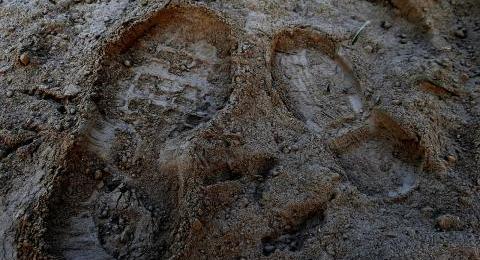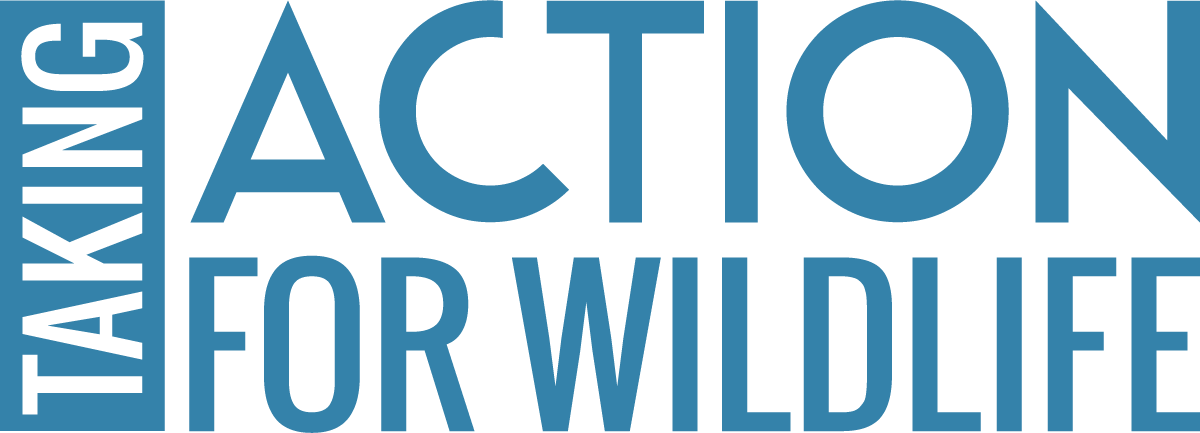
Ultimately, the best way to protect wildlife and habitats in the face of climate change is to reduce the amount of greenhouse gases that are contributing to the problem. The first step is to understand our individual and organizational/community contributions to climate change, also known as our "carbon footprint" - i.e. how much greenhouse gas emissions do our activities and behaviors contribute to the atmosphere. Check out this Carbon Footprint Calculator from The Nature Conservancy. From there, we can identify opportunities to reduce these emissions by making changes to our behaviors.
These changes can be relatively small, such as carpooling more frequently, trying to buy food and other products locally, and turning off the lights when we leave a room, or they can be more substantial, such as installing solar panels or getting a hybrid car. When it comes to renewable energy sources, it's important to incorporate wildlife and habitat considerations into choosing suitable sites and other planning components. In addition, there are activities that contribute to "offsetting" our carbon footprint, such as planting trees, which absorb carbon dioxide as they grow (as well as providing other benefits like shade and wildlife habitat).
Municipalities and organizations can establish renewable energy goals. The town of Hanover, for example, has committed to transitioning to 100% renewable electricity by 2030, and several other NH communities have Ready for 100 campaigns underway. The Sustainability Institute has developed a campus calculator tool, and the City of Dover is piloting an adapted version for municipalities.
Here is some information about how the land trust community is working to mitigate climate change through reducing and preventing greenhouse gas emissions.


